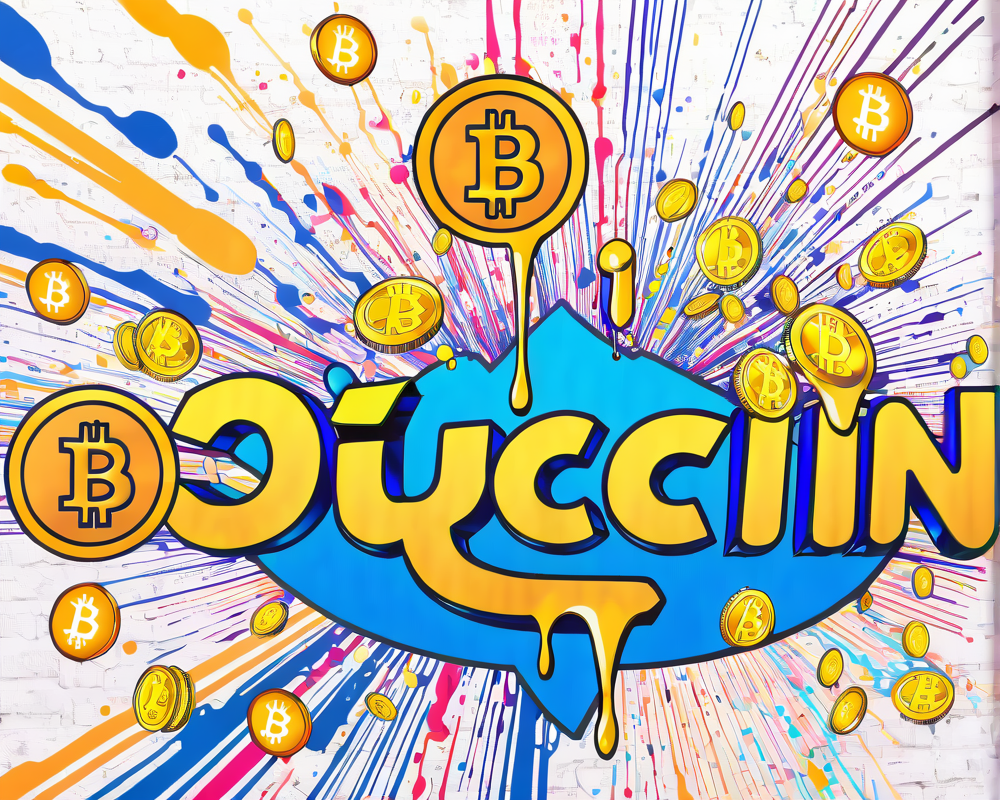The Ether Rollercoaster: A Year in Review
Ether (ETH) has shown a commendable 58% price increase this year, but the victory lap is riddled with speed bumps. Despite its gains, this cryptocurrency finds itself lagging behind the titan of the market—Bitcoin (BTC). In fact, the ETH/BTC price ratio recently hit a low of 0.063, marking the weakest it’s been in nine months. Talk about awkward family reunions at the crypto dinner table!
The Shapella Circus: Upcoming Ethereum Hard Fork
Set your clocks for April 12, 10:27 PM UTC—this is when the Ethereum network plans to unleash the Shapella hard fork. Analysts predict that this update will allow stakers to either cash in their Ether rewards or step away from staking altogether. What’s the buzz? Over 170,000 ETH withdrawal requests have already been made, according to data from Glassnode. With more than 18.1 million ETH still staked on the Beacon Chain, folks are understandably uneasy about whether a flood of selling pressure is on the horizon.
Is the Scoop Already in the Price?
Given that the staking unlock was largely anticipated, traders might have already factored this into pricing—some even speculate it could be a “buy the news” kind of scenario. Cue the memes! One trader cheekily cried, “Ethereum Shanghai is a buy the news event because everyone thinks it is a sell the news event.” Classic!
The Fee Dilemma: Navigating High Transaction Costs
Let’s not forget the elephant in the room—Ethereum’s average transaction fee has hovered above $5 for the past five weeks, and the Shapella fork isn’t set to lower that bar. Without improvements in transaction costs, DApps and other projects might lean more toward competitor networks. This current market sentiment makes a bullish breakout post-upgrade seem less likely, as even a new fork can’t fix expensive gatekeeping.
The Downward Spiral of DEX Activity
And as if that weren’t enough, Ethereum-based decentralized exchanges (DEXs) have witnessed a staggering 84% decline in trading volume, plummeting from a high of $38.2 billion on March 5 to just $6.4 billion as of the week ending April 2. Meanwhile, other blockchains are treading lightly with just a 60% drop on average—reflecting Ethereum’s lost market share. Ouch! That’s a steep fall off the crypto cliff.
Insights from the Professionals: Ether Derivatives and Market Sentiment
So where do the professionals stand? Ether options for the weekly expiry on April 14 show an open interest of $510 million, with a slightly bullish tilt as neutral-to-bullish calls outnumber protective puts by 36%. However, there’s a catch: 60% of these bets are placed at prices over $2,000, meaning the bulls could be left high and dry, especially if ETH lingers between $1,800 and $1,900 at expiry time.
Futures Markets: A Risk-Averse Landscape
Looking at futures contracts, which are usually in higher demand from whales and arbitrage specialists, the annualized premium on Ether futures has dipped from 4% to 2%. Healthy markets should ideally reflect a premium of 5% to 10%, indicating traders aren’t feeling overly confident. The paltry premium raises eyebrows, as it implies no yelling “Buy, buy, buy!” just yet.
Conclusion: Staking Unlock Requests Under the Microscope
While Ether’s derivatives suggest that professional traders aren’t expecting a significant sell-off due to the unlock, the prevailing high transaction fees and the falling DEX activity create a murky outlook for a “buy the news” event. Unless staking unlock requests surge dramatically, it seems Ether may gravitate around the $1,900 mark in the near future.




